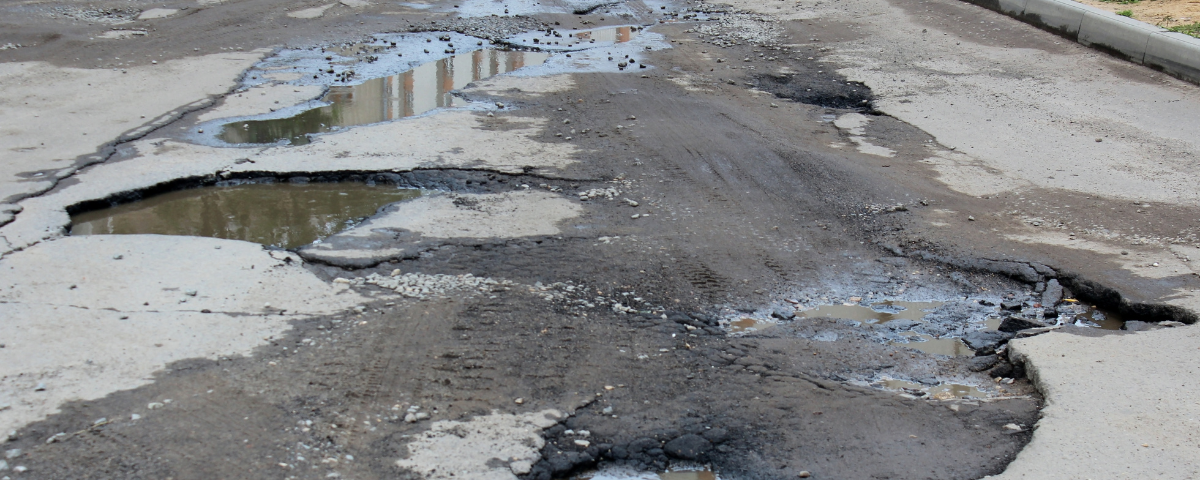The number of potholes plaguing Britain’s roads is on the rise as motorists enter the most dangerous month of the year for prangs, according to claims data released by public sector insurer, Zurich Municipal.
Last year local authorities saw a 66% increase in pothole-related vehicle damage claims, while claims in February doubled compared to the previous year. After a number of recent storms, insurers are warning motorists that even more potholes are likely to be littering Britain’s roads.
The Government recently pledged to tackle the pothole plague by using money saved by scrapping HS2. As part of the Network North plan, £8.3bn will help fund local road maintenance in England, but this may only be enough to patch and repair potholes, when in reality more funding may be needed to get Britain’s roads back up to a safe standard.
A pothole can form from general wear and tear or when water leaks into cracks and freezes in cold temperatures. When the weather starts to get warmer, the frozen water evaporates leaving gaps in the road. These gaps get continuously bigger as more and more vehicles drive over them.
Climate change and heavy vehicles
Climate change is causing more adverse weather events and surface flooding, which results in more potholes on the roads. Other factors exacerbating this are the sheer volume of traffic on the roads and the fact vehicles are getting heavier. A report by Green NCAP shows that the average weight of cars sold in the last ten years has increased by 9%, meaning cars are now 100kg heavier, and as a result more likely to cause more significant damage to roads.
Potholes are most likely to cause damage to tyres, alloys and car suspensions, which can be expensive to repair. On average, pothole related damage to vehicles costs around £863 to fix.
The South West has seen the biggest increase in pothole related damage claims over the last year with a 175% increase, closely followed by the West Midlands (154%) and Yorkshire and Humber (74%).
Alix Bedford, risk expert, at Zurich UK, commented:
Many local roads are already well past their designed lifespan and continuous added pressure coupled with more extreme weather events will eventually mean that patching up potholes will no longer be sufficient. It will get to the point where roads will need to be completely resurfaced. This can be seen as an expensive option, and may cause short term disruption, but investment in the resilience of the roads network will provide longer term relief for road users.
“The announcement of Network North and the fact that local authorities will have more funding to repair potholes is great news for both local authorities and motorists. However, this does not begin to touch the full cost to repair the road network and keep Britain moving in the future.
We are here to help
If you are concerned about how this affects you and your business and would like support in assessing your needs, we are here to help. Please do get in touch for confidential advice and guidance.
This article was adapted from an article by the Zurich which can be found here.






